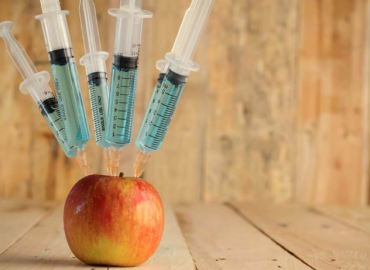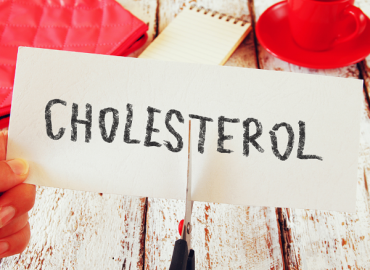Managing Cardiovascular and Cerebrovascular Risk Factors: The Role of Health Screening
Cardiovascular and cerebrovascular problems are serious health issues that affect a significant portion of the global population. These conditions are known to cause severe consequences such as heart attacks, stroke, and even death. Therefore, it is essential to identify the risks associated with these conditions and take appropriate measures to prevent them. This is where health screening comes in. Health screening is a proactive approach that can help individuals identify their risk factors and take appropriate measures to manage them. In this article, we will discuss the importance of health screening for cardiovascular and cerebrovascular problems, the different types of screening available, and how to prepare for a screening.

Importance of Health Screening for Cardiovascular and Cerebrovascular Problems
Health screening is a critical tool for detecting risk factors associated with cardiovascular and cerebrovascular problems. By undergoing regular screening, individuals can identify their risk factors and take appropriate measures to manage them. This is particularly important because cardiovascular and cerebrovascular problems can be asymptomatic, meaning that an individual may not experience any symptoms until the condition has progressed to a more severe stage. Therefore, health screening is crucial for identifying these conditions before they become symptomatic.
Screening can help identify risk factors such as high blood pressure, high cholesterol levels, diabetes, and obesity, all of which are known risk factors for cardiovascular and cerebrovascular problems. Early detection and management of these risk factors can help prevent the onset of these conditions, or at least delay their onset.

Types of Health Screening
There are different types of health screening available for cardiovascular and cerebrovascular problems. These include:
- Blood Pressure Screening
Blood pressure screening is a simple test that measures the pressure of blood against the walls of arteries. High blood pressure, also known as hypertension, is a major risk factor for cardiovascular and cerebrovascular problems.
- Cholesterol Screening
Cholesterol screening is a blood test that measures the amount of cholesterol in the blood. High levels of cholesterol can contribute to the buildup of plaque in the arteries, increasing the risk of cardiovascular and cerebrovascular problems.
- Blood Glucose Screening
Blood glucose screening is a blood test that measures the level of glucose in the blood. High levels of glucose can indicate diabetes, which is a major risk factor for cardiovascular and cerebrovascular problems.
- Body Mass Index (BMI) Screening
BMI screening is a measure of body fat based on height and weight. High BMI is a risk factor for cardiovascular and cerebrovascular problems.

How to Prepare for a Health Screening
Before a health screening, it is important to follow certain guidelines to ensure accurate results. These include:
- Fasting
Some screenings, such as blood glucose screening, require fasting before the test. This means that the individual should not eat or drink anything other than water for a certain period of time before the test.
- Medication
Individuals should inform their healthcare provider of any medications they are taking before the screening. Some medications can affect the results of the screening.
- Clothing
Wearing loose-fitting clothing can make it easier to perform the screening.
- Questions
Individuals should be prepared to answer questions about their medical history and lifestyle, as this information can help identify risk factors for cardiovascular and cerebrovascular problems.
Conclusion
In conclusion, health screening is an essential tool for identifying risk factors associated with cardiovascular and cerebrovascular problems. By undergoing regular screening, individuals can identify their risk factors and take appropriate measures to manage them. There are different types of screening available, including blood pressure screening, cholesterol screening, blood glucose screening, and BMI screening. Before a screening, individuals should follow certain guidelines to ensure accurate results. By taking proactive steps to manage their risk factors, individuals can reduce their risk of developing cardiovascular and cerebrovascular problems and improve their overall health and well-being.


























